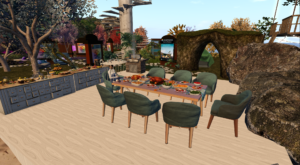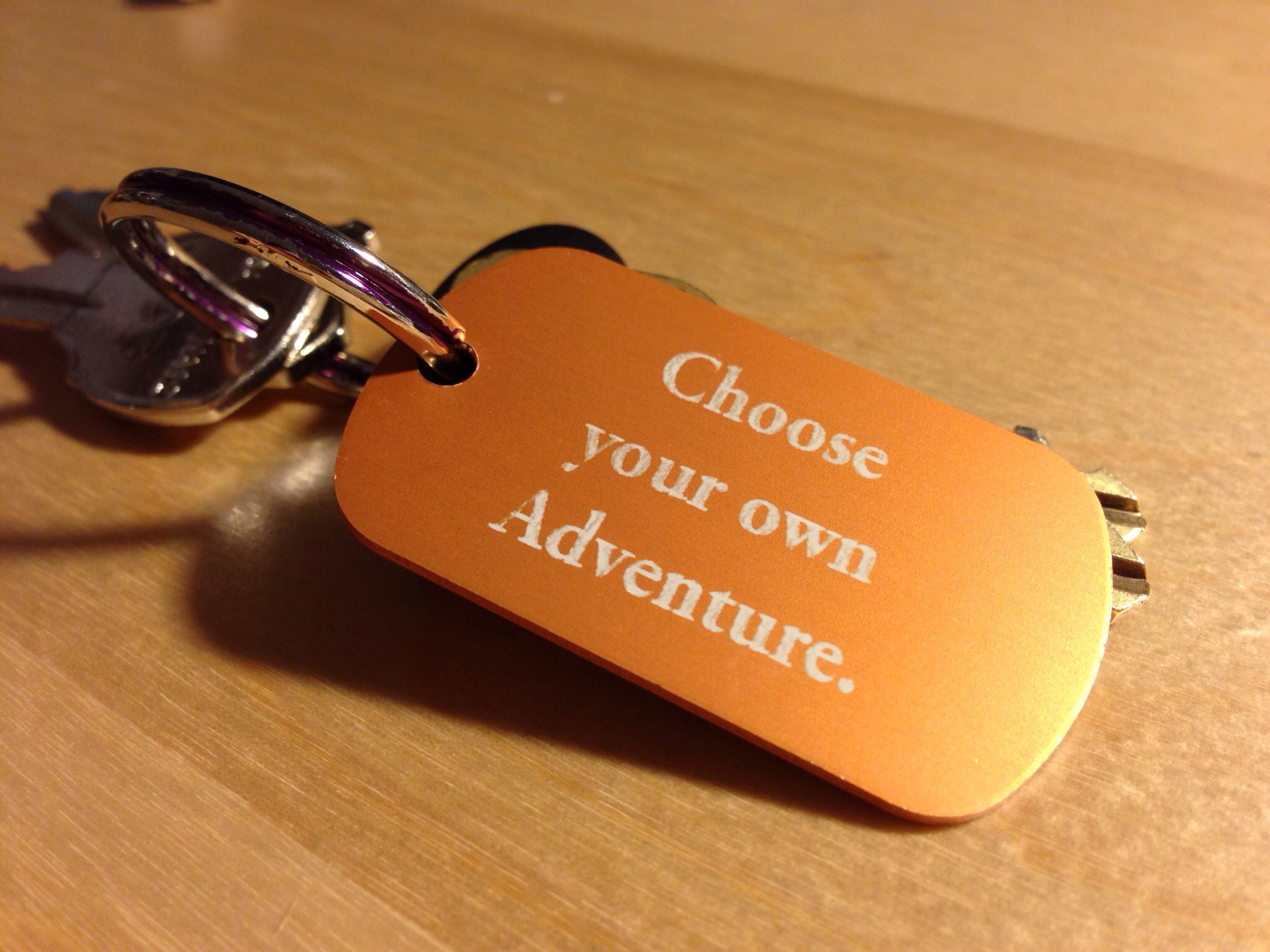I already have taken the Digital Storytelling class within the Digital Storytelling course, the evidence […]
Digital Storytelling Development Checklist
Premise and Purpose Audience and Market Every quarter, there is something added to the storytelling […]
Healthcare, Wellness, and Access in XR (Extended Reality)
Being able to showcase a welcoming environment catered to specific people/to support specific people is […]
Imagine, If You Would…Customizing a School Campus to Your Liking
The fictional virtual world OASIS, much like the real-life virtual world Second Life, doesn’t have […]
Video Game Inspiration and the Positive Impact of Playing Them
“The game that can give you 10 extra years of life” by Jane McGonigal Watching […]
The Paths You Choose in a Choose Your Own Adventure
You find yourself at a crossroads; a fork in the road, with a sign that […]
Virtual Communities and Digital Storytelling
Watching “Virtual Cultures in Pandemic Times” was a very informative and rather cozy documentary, and […]
A Side Quest
When I first started my college career, my intention was to go into this learning […]
Creating Virtual Goods in a Virtual World
While I myself don’t have many plans for creating virtual goods within a virtual world […]
Immersive Engagement Proposal
Premise and Purpose The Hero’s Journey is a project that has been worked on by […]



